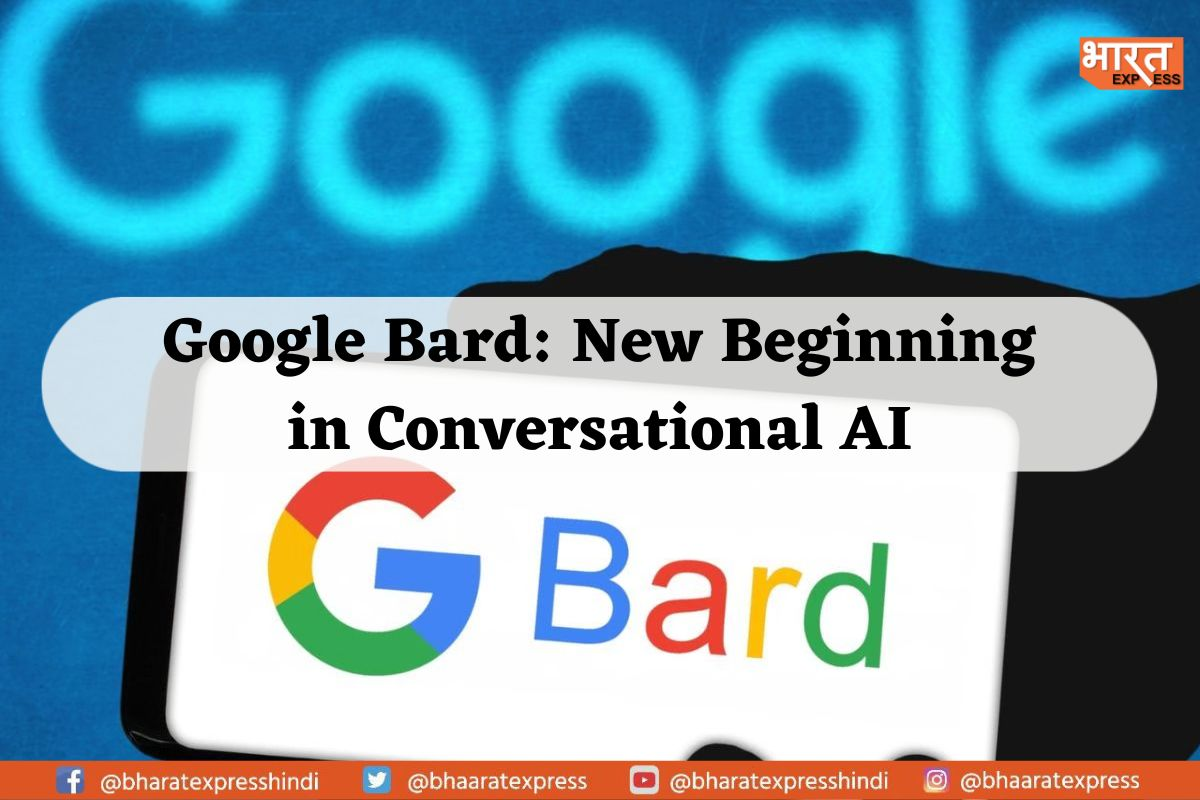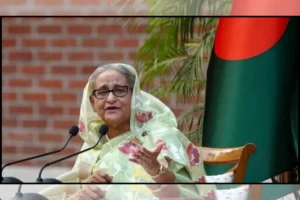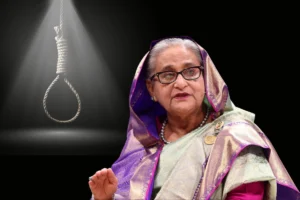
REFERENCE IMAGE
Google has announced the global launch of its conversational generative AI chatbot, Bard, in more than 180 countries, including India, at its annual developer conference, Google I/O, held at the company’s headquarters in Mountain View, California on Thursday.
During his keynote speech, Google CEO Sundar Pichai expressed that as models improve in their capabilities, one of the most exciting prospects is to make them accessible for direct engagement by people. He referred to Bard, their conversational AI experiment, as an opportunity to achieve this.
According to Sissie Hsiao, the General Manager for Google Assistant’s business unit and Vice President at Google, Bard is now available in all the aforementioned countries, with users being able to engage with it in Japanese and Korean. Additionally, Hsiao mentioned that Bard will soon be accessible in 40 more languages.
Also Read: Government Extends Deadline for Goods Transport Agencies to Opt for GST Payment Until May 31
Google’s competitor to OpenAI’s ChatGPT, Bard, is expanding its availability in English by removing most of its waitlist restrictions. This move aims to enable a broader set of people to interact with the chatbot and help it learn further. Previously, Bard was only accessible in the US and the UK, but now interested users from India can join the waitlist for the AI chatbot through the official Google Bard website.
According to Pichai, Google is continuously improving Bard, and it has undergone significant enhancements. He mentioned that the chatbot can now handle various programming capabilities and has improved its ability to reason and solve math problems. Moreover, Pichai stated that Bard is now entirely powered by PaLM 2, which is Google’s latest large language model. Developers can access PaLM 2 through Google’s PaLM API, Firebase, and Colab.
PaLM 2 is Google’s latest large language model that builds on the company’s recent research and infrastructure, making it highly capable and easy to deploy. Google has announced over 25 products and features powered by PaLM 2, including models of different sizes named Gecko, Otter, Bison, and Unicorn. The models deliver excellent foundational capabilities, and Gecko is lightweight enough to work on mobile devices offline.
Also Read: Axis Bank Revolutionizes Payment System By Linking RuPay credit cards With UPI
Pichai also noted that PaLM 2 models are particularly robust in terms of their ability to reason and make logical deductions. The models have received comprehensive training in scientific and mathematical topics, and they possess multilingual capabilities, understanding over 100 different languages. Pichai emphasized that PaLM 2 would be beneficial for developers worldwide, with features that facilitate collaboration between individuals who speak different languages.
In an intriguing development, Google has announced plans to integrate multimodal content into Bard, allowing the chatbot to provide responses in various formats beyond just text. According to a blog post by Hsiao, Bard will soon become more visually oriented, both in its responses and the user’s prompts. For instance, users can ask questions like “What are some must-see sights in New Orleans?” and receive visual aids that offer a more comprehensive perspective of the location in answer addition to the text-based.
To read more such news, download Bharat Express news apps





















